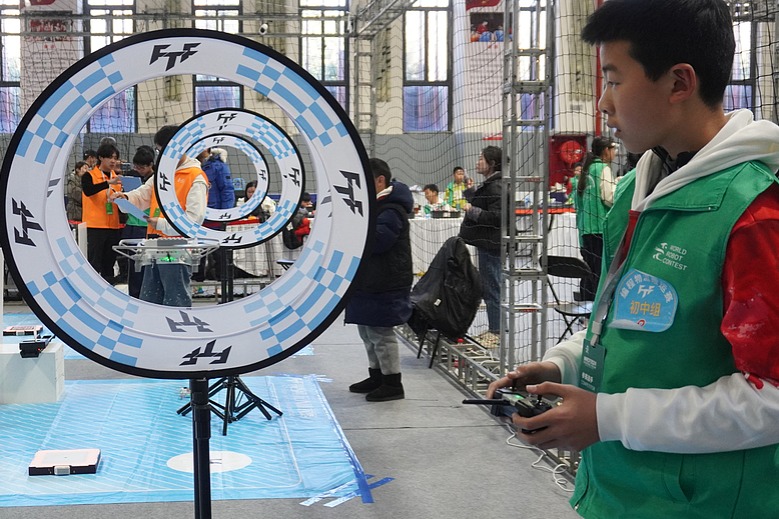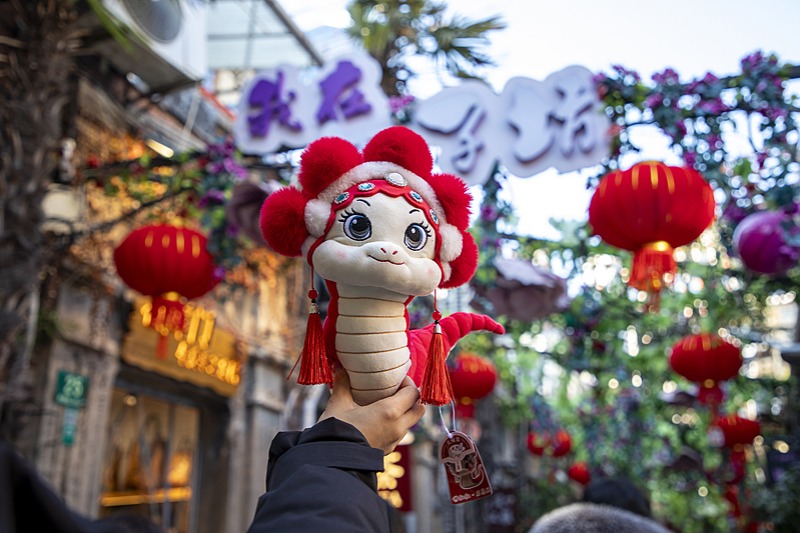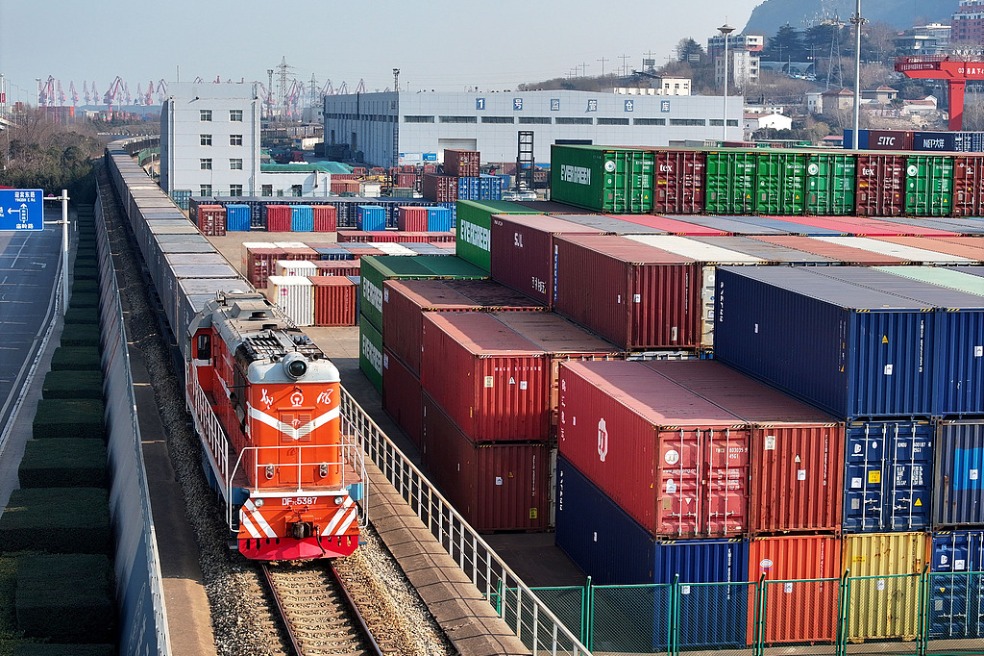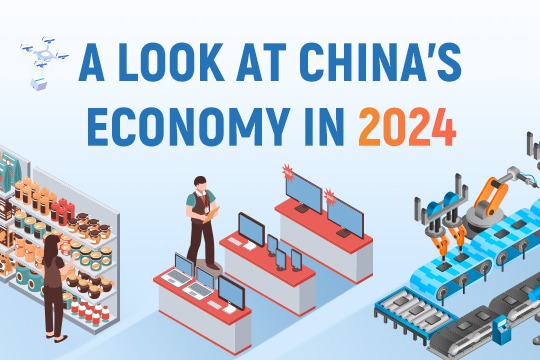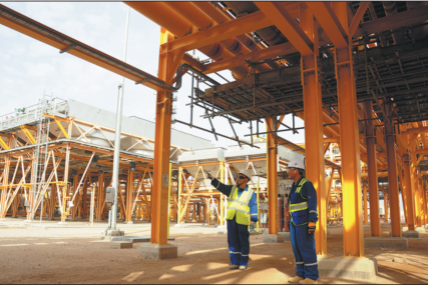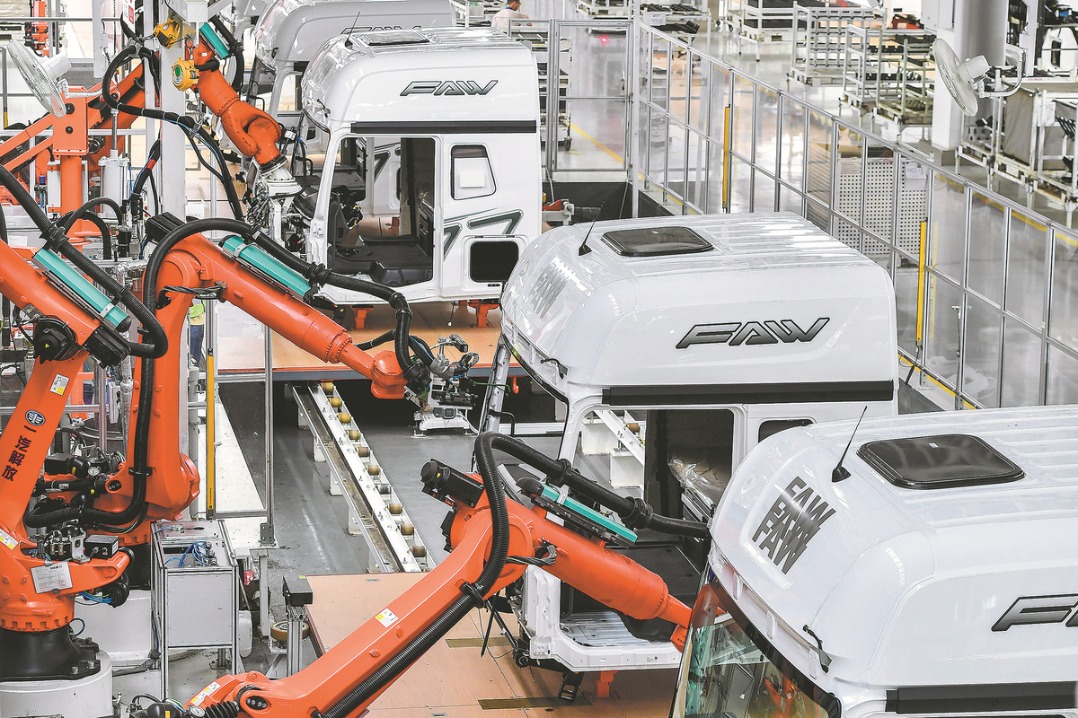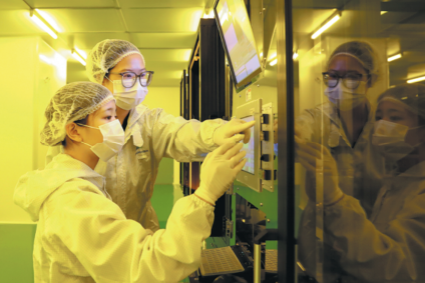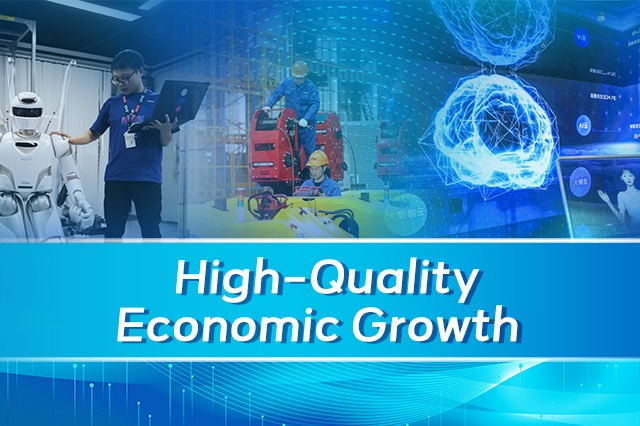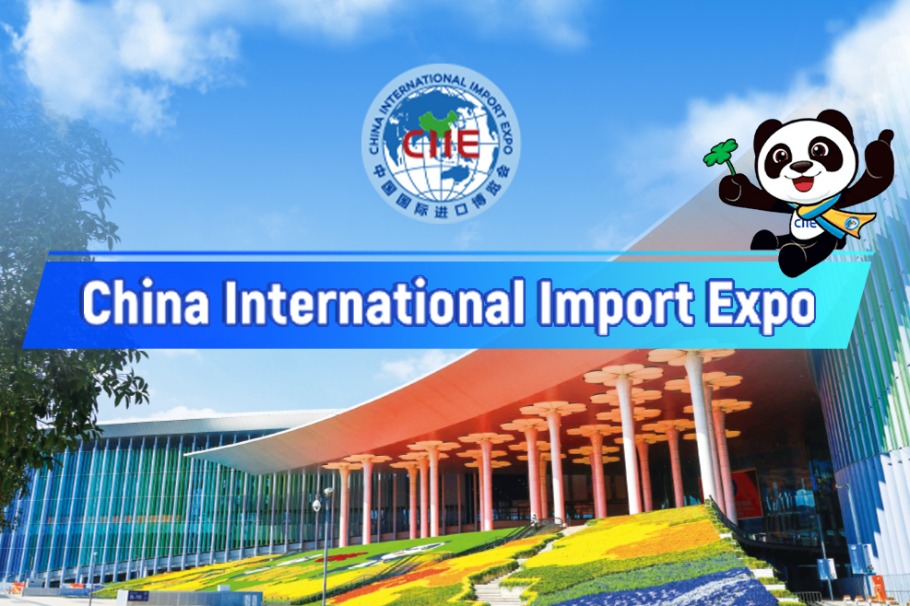Workers' passion behind manufacturing success

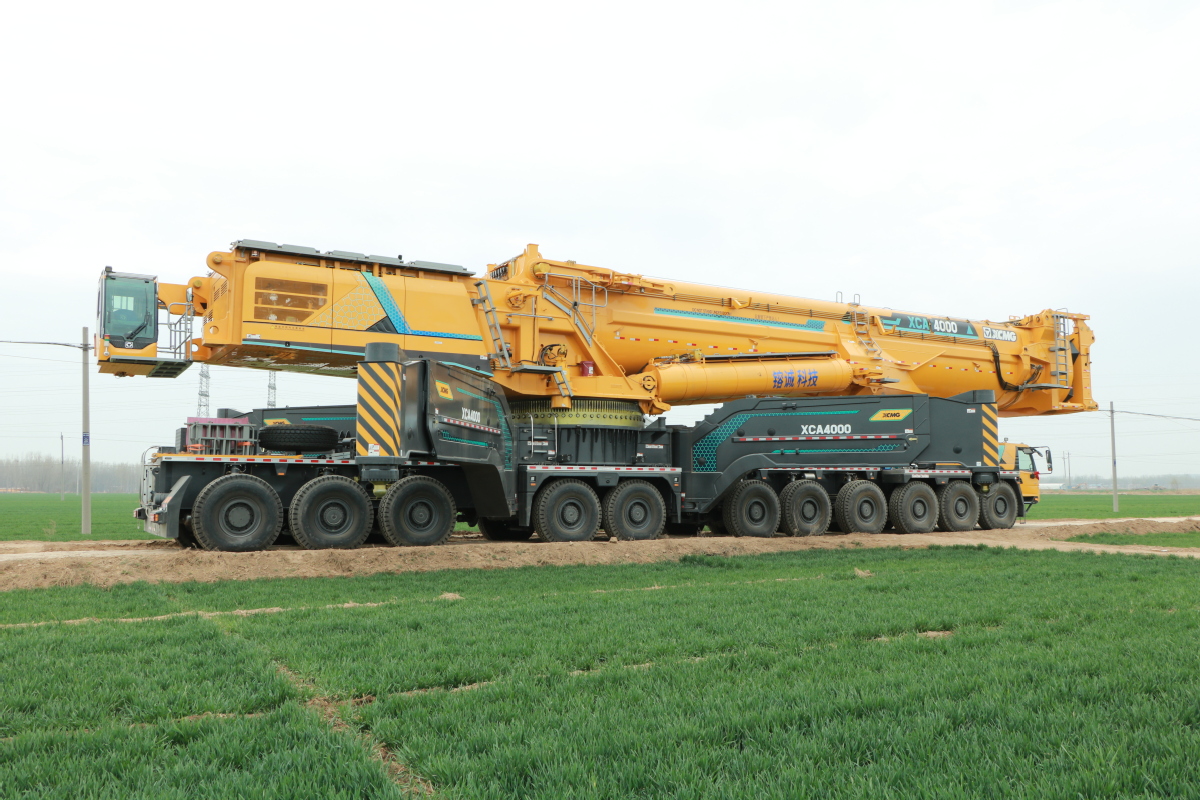
When I first met Li Ge, an engineer at Xuzhou Construction Machinery Group, he was deeply engrossed in work.
A staff member who brought me in asked if an interview could be arranged, but Li was hesitant at first, citing his busy schedule. However, he did not refuse me outright.
I began by saying, "Your family, spanning three generations, has witnessed the evolution of China's manufacturing industry. I want to share our manufacturing narrative with the world, shedding light on the reasons behind our remarkable pace of development and quality achievements."
My simple statement seemed to strike a chord.
We met the next day, standing beside the XCA4000, the world's largest wheeled crane by lifting capacity that is manufactured by XCMG. The XCA4000 was the primary reason I visited the factory.
Soon, Li was telling me the story of his grandfather, father, and himself — spanning over half a century and witnesses to China's manufacturing development over 70 years.
His grandfather was a lathe worker who in the mid-20th century achieved the highest honor for a worker — the "old eighth-grade worker" — due to his exceptional skills.
Under his grandfather's influence and guidance, Li's father joined XCMG as a technician for crane testing and inspections — a role he held for over 40 years.
Li shared how his father had approached work with passion and fervor, often losing sleep over a problem, or suddenly waking up in the dead of the night with a solution and rushing to the factory to test it out.
Influenced by his family environment, Li got to know cranes at a young age, considering them his favorite "big toys" during childhood.
So it was a natural progression for him to join XCMG as an apprentice under his father's guidance when he started working in 1995. Over time, he developed a genuine love for the job.
He proudly showed us the "family heirloom" his father had left him — several notebooks containing a lifetime of experiences and solutions to problems at work.
He emphasized that these were lessons one couldn't learn from textbooks. Even today, Li maintains the habit of taking notes and continues to train successive apprentices from his own experiences, hoping to pass on this tradition at XCMG.
Today, Li is a renowned expert for crane testing and inspections, holding titles such as senior technician at XCMG's crane machinery division, "national technical expert" recognized by the Ministry of Human Resources and Social Security, and "chief technician of Jiangsu province" elected by the local government, among others.
Taking Chinese cranes to the global stage has always been his dream. He vividly recalled early visits abroad when local engineers doubted China's ability to manufacture such large cranes — a challenge that fueled Li's determination.
In 2006 at an exhibition in Shanghai, Li recalled that XCMG's display of seven 100-ton to 400-ton cranes drew thousands of visitors, with the CEOs of several global crane manufacturers offering praise. Among the crowd stood Li, filled with immense pride.
"Our cranes are extensively used in new energy projects. For instance, the latest XCA4000 was designed for the installation of large-capacity wind turbine blades. As global renewable energy advances, wind turbines are getting larger, demanding higher lifting capacities from cranes. We have broken world records in lifting capacity seven times consecutively and we aim to go even further on this journey."
Several readers are familiar with China's rapid growth in the new energy industry and the upstream manufacturing sector. The country produces over 80 percent of the world's solar modules, more than 70 percent of wind power equipment, and about half of the world's new energy vehicles.
The country's industrial value added had surged from 12 billion yuan ($1.64 billion) in 1952 to 39.9 trillion yuan in 2023. China has maintained global leadership in manufacturing scale for 14 consecutive years.
But few know what is behind these impressive figures — the hard work and enduring passion of generation after generation of workers like Li.

















